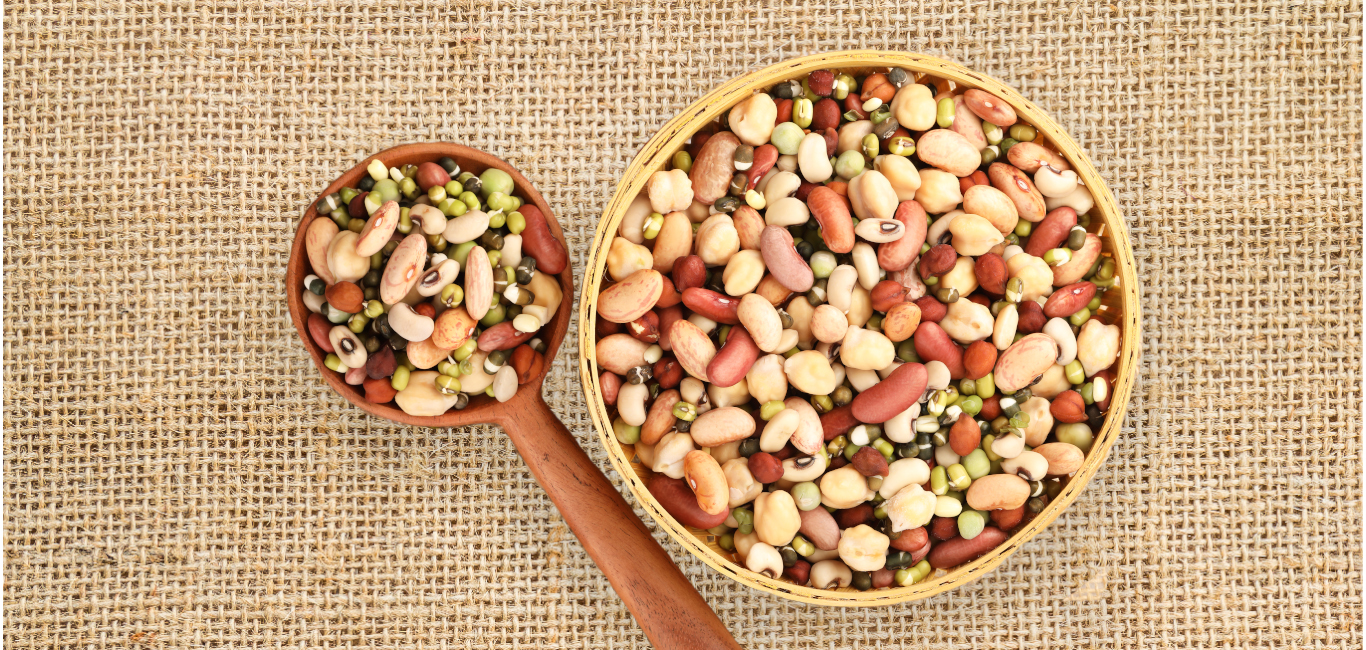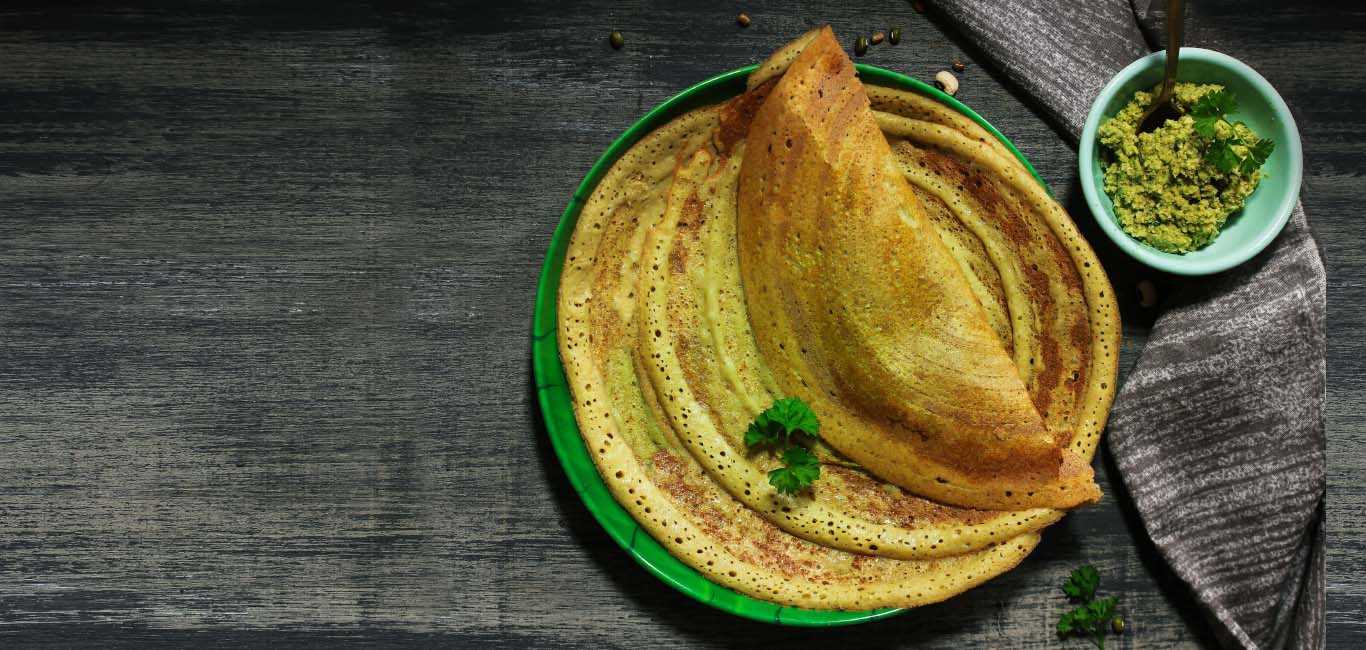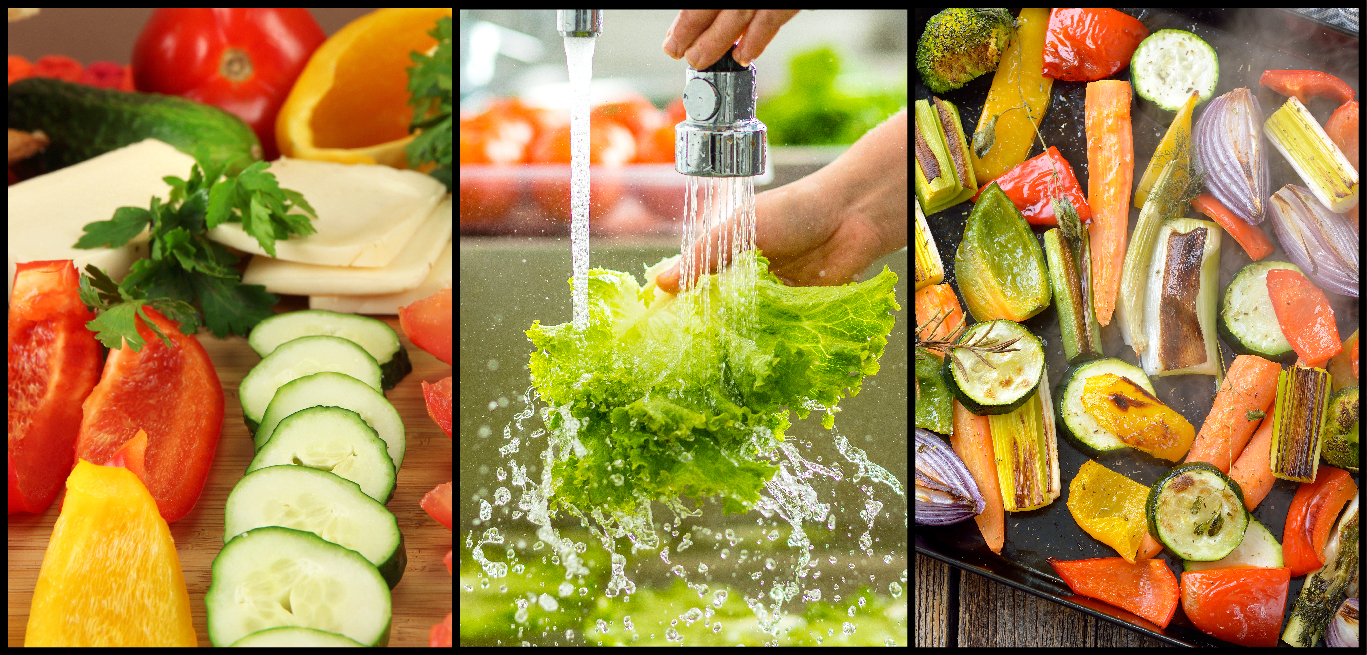
Culinary wisdom handed down generations is one of the most cherished things for most of us, be it recipes, processes, ingredients, tips or family’s guarded practices.
Have we all not seen our grandmothers and mothers putting in some extra effort in the kitchen? And often wondered why they followed those elaborate and time-consuming practices? But as it turns out, they make sense. Many of their food-related practices have even got scientific approval and backing now.
One such practice is soaking lentils and pulses (the staple dals in the north) well before cooking them.
Sapna Shettigar, a Bengaluru based food blogger, says she has been soaking pulses ever since she started cooking. Most importantly, she vouches for it as she happily found that it reduces the cooking time and makes her process easy.
She remembers to add, “I have only followed what my mother and grandmother used to do in the kitchen.” Shettigar may not be alone in keeping up this simple practice.
What are anti-nutrients?
A recent study proved that soaking reduces the anti-nutritional or harmful properties of lentils.
Plants, in addition to micro and macro-nutrients, contain phytoconstituents or bioactive compounds that have multiple health benefits. While most of them are good, some are classified as anti-nutrients. Which means they do not let the other nutrients be absorbed well by the body.
Some anti-nutrients are lectins, oxalates, phytates and tannins.
Processing methods
Cooking is an important mode of processing pulses or beans and rendering a raw food form fit for human consumption. Studies have found that processing pulses can effectively reduce the anti-nutrients in them.
Physical processing practices such as soaking and cooking or thermal treatments – are the most convenient methods that we have followed for ages.
Other methods such as dehulling (removal of the outer coating of foodgrains), dry roasting, milling, and autoclaving (exposure to high temperatures) are also followed for reducing the anti-nutritional properties of foods.
Biological processing methods such as germination (sprouting) and fermentation are also effective.
Easy for digestion
Dr Sudhir Suryawanshi, food technologist and nutritionist, Pune, shares his views with Happiest Health and says soaking improves the digestibility of pulses.
The ayurvedic view is also similar. Its exponents advise against consuming dry foods.
“When pulses or lentils are soaked well in water, they gain life (prana) and become easy to digest,” says Dr Dixa Bhavsar Savaliya, an Ayurveda practitioner from Gujarat.
Soaking time
“There is no guideline for the time to soak pulses,” says Dr Savaliya. However, she recommends the following.
- Green gram (moong or hesarubele), pigeon pea (tur, arhar or togari), lentils (masoor) should be soaked for eight to 12 hours.
- Split dals can be soaked for six to eight hours.
- Dried whole legumes such as chickpea (chana, kabuli chana, chole) and kidney beans (rajma) should be soaked overnight for at least 12-18 hours.
What to do with soaked water
There are two conflicting recommendations on whether to use or discard the water in which the pulses were soaked.
Shettigar says she cooks them in the soaked water as she learnt from her mother. Dr Suryawanshi also says, “The soaked water can be used for cooking as it contains micronutrients.”
Dr Savaliya differs from this and says the water in which the legumes were soaked should be discarded as it now contains tannins and phytic acids.
The benefits of soaked pulses
Ayurveda experts say the digestive fire is optimal around noon. Dr Savaliya recommends that pulses should be eaten at noon for good digestion.
- Puts life back in dry pulses
Ayurveda practitioners discourage eating dry foods as they can cause an imbalance in digestion and the air element (vata). Dr Savaliya further says soaking gives prana to the dry seeds and brings the pulses or whole lentils back to life.
- Reduces cooking time
Simplifies cooking by reducing the cooking time. Soaked pulses absorb moisture which speeds up their processing.
- Improves bioavailability
If we eat 10g of something, the amount that gets absorbed by the body is its bioavailability. Dr Suryawanshi says that soaking improves the bioavailability and sprouting (germination) further improves it.
- Improves digestibility and reduces bloating or the formation of gas in the stomach.
The anti-nutrients
Lectins are present in certain seeds and tubers, for example in cereals, beans and potatoes, and act as inflammatory substances. They are resistant to heat and digestive enzymes and may cause food poisoning.
Oxalates are an organic compound found in leafy vegetables, citrus fruits and pulses. Oxalates interact with mineral absorption in the gut and when consumed in higher amounts, it may lead to kidney stones (by binding with micronutrients such as calcium).
Phytates or phytic acid are found in plants that act as antioxidants. But these compounds may also interfere with the absorption of minerals and lead to nutrient deficiencies.
Tannins are responsible for astringent properties and bitter taste. Increased consumption of tannins can interfere with the absorption of iron in the gut.

















